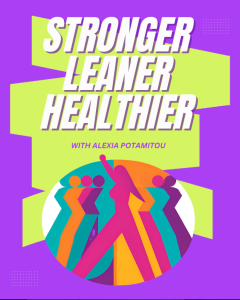With over 15 million people diagnosed with irritable bowel syndrome (IBS), and studies estimating that number of people suffering from IBS are rising I thought I should make small reminders with this article!

WHAT IS IBS?
IBS is a common functional gastrointestinal disorder with symptoms including repeated abdominal pain, bloating, changes in bowel movements, which may be diarrhea, constipation, or both. IBS can cause a lot of discomfort and twice as many women suffer from IBS than men. It’s most commonly diagnosed in people 45 years of age or younger.
Physicians and researchers don’t know what causes IBS but treatment can be effective. Dietary modifications, relaxation techniques, and other lifestyle changes are first line clinical treatments rather than pharmaceuticals. But, certain foods and drinks can also trigger IBS symptoms in some patients. The most common triggers are foods rich in carbohydrates, spicy or fatty foods, milk products, coffee, alcohol, and caffeine. We encourage our clients to keep accurate food records so that I can help them identify which foods to limit for symptom relief.
Recommended diet and lifestyle changes to help IBS symptoms:
Eat more fiber
Avoid gluten
Increase physical activity
Reduce stressful life situations
Get enough sleep
Follow a special eating plan called the low FODMAP diet
LOW FODMAP DIET
The low FODMAP diet reduces or avoids certain types of carbohydrates that can be hard to digest. These carbs are called FODMAPs.
At our consultations we help our clients implement a low FODMAP diet by limiting foods containing certain naturally occurring carbohydrates (Fermentable, Oligosaccharides, Disaccharides, Monosaccharides, and Polyols). Fruits containing FODMAPs include apples, apricots, blackberries, cherries, mango, nectarines, pears, plums and watermelon, or the juice of these fruits. Large intakes of any fruit juice (also canned fruit in natural juice) or dried fruit are not included in a low FODMAP diet. FODMAP containing vegetables include artichokes, asparagus, beans, cabbage, cauliflower, garlic, lentils, mushrooms, onions, and snow peas. Dairy products such as milk, soft cheese, yogurt, custard and ice cream are all examples of FODMAP containing foods. Other foods containing FODMAPS include wheat and rye products, honey, foods with high-fructose corn syrup and products containing sugar-alcohols such a sortibol, mannitol, xylitol and maltitol.
Trying a low FODMAP diet for a few weeks may help improve symptoms. Once symptoms subside, you should recommend slowly adding foods that contain FODMAPs back into the diet.
Question of the week!
AVOCADOS, FODMAP DIETS, AND IBS
Avocados are a good source of fiber (3 grams per 50 gram serving)
Avocados are a gluten-free food
A low FODMAP diet can include avocados. A low FODMAP diet can include 1/8 of a medium avocado (20 gm) per meal.


